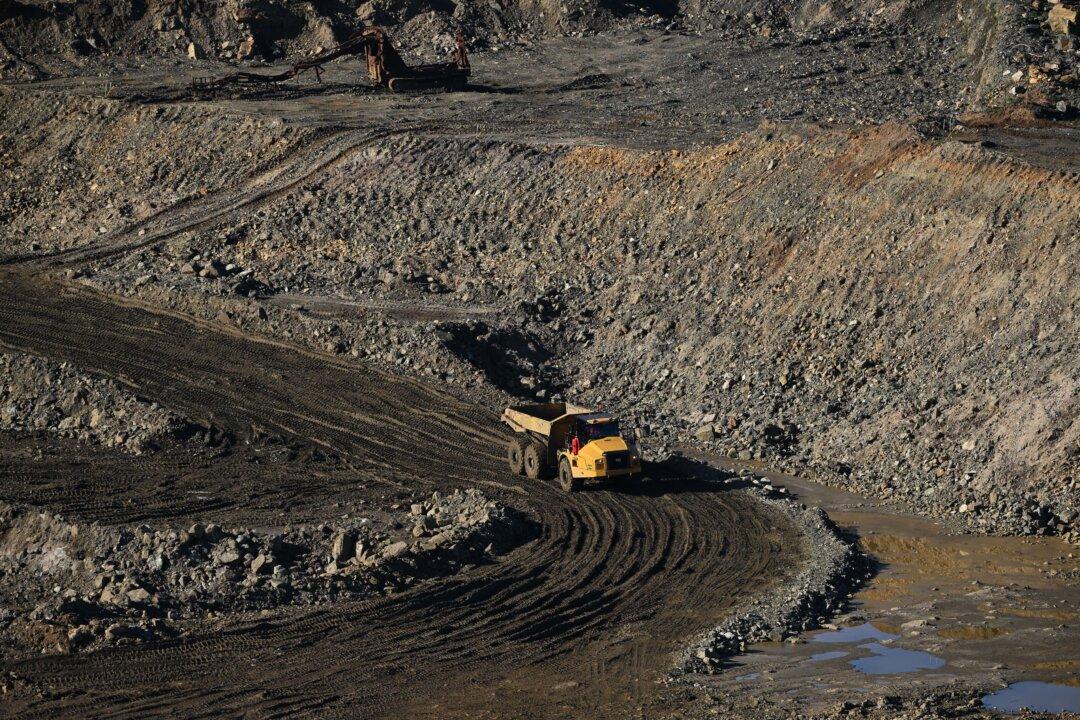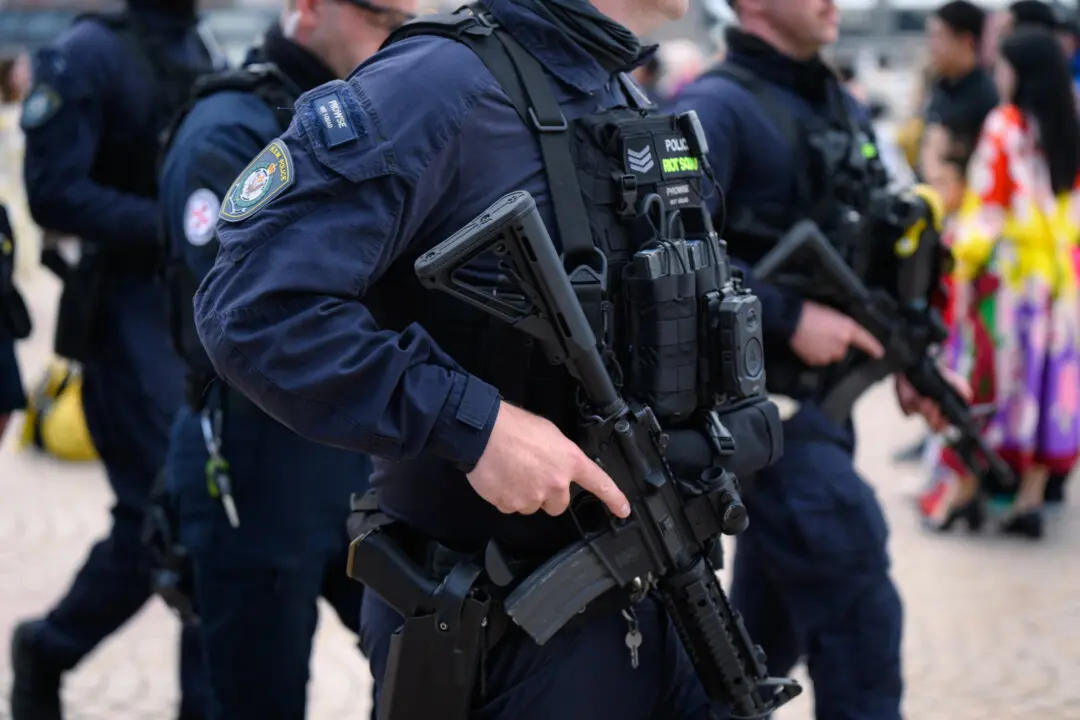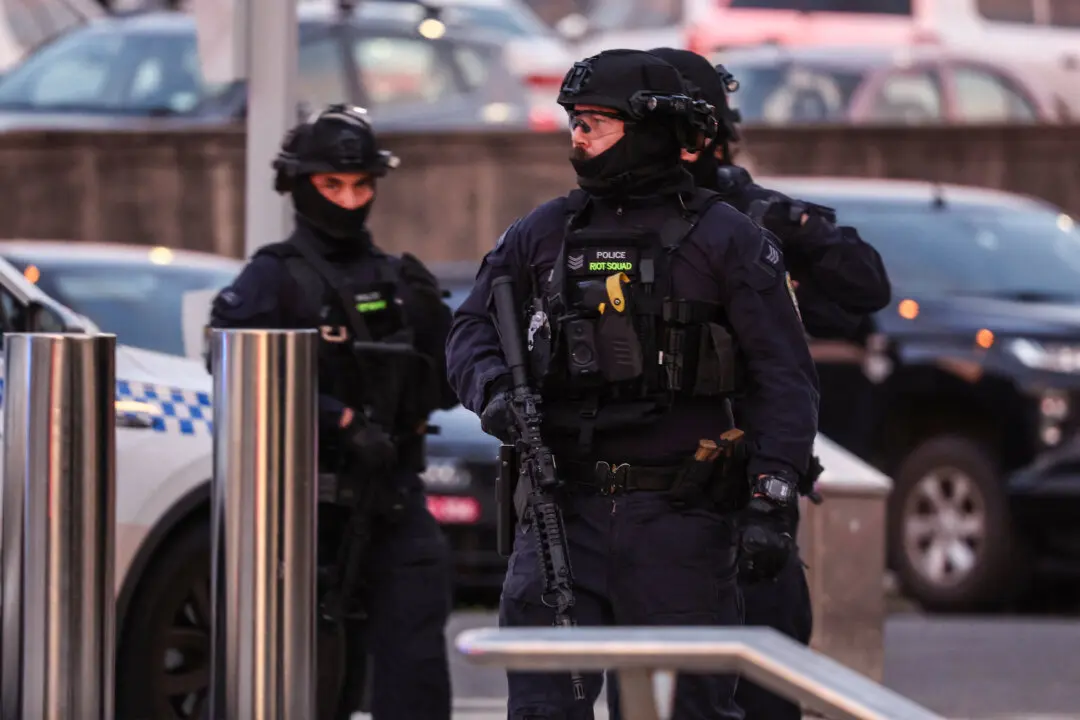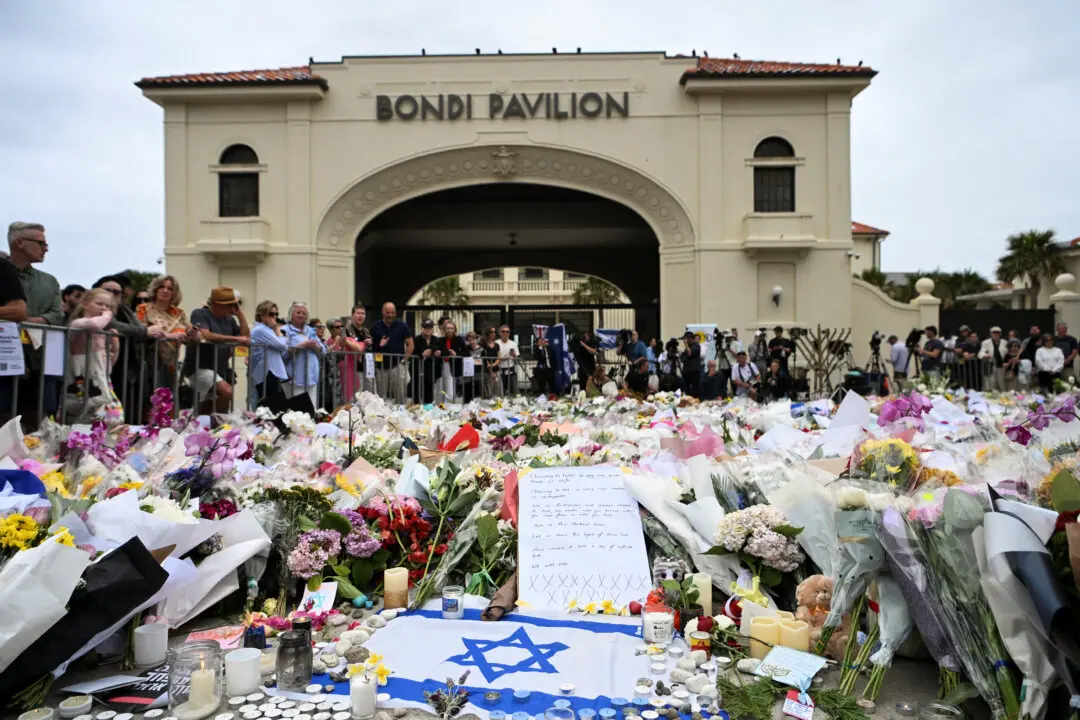
Machinery and infrastructure is seen at the Dolphin Tungsten Mine on King Island, Tasmania, Australia, on May 13, 2023. AAP Image/James Ross
A Bass Strait mine unearthing a rare metal deemed critical by the federal government is eyeing expansion after officially reopening.
The Dolphin tungsten mine on King Island, off Tasmania’s northwest coast, on Aug. 24 celebrated a return to commercial operations.





